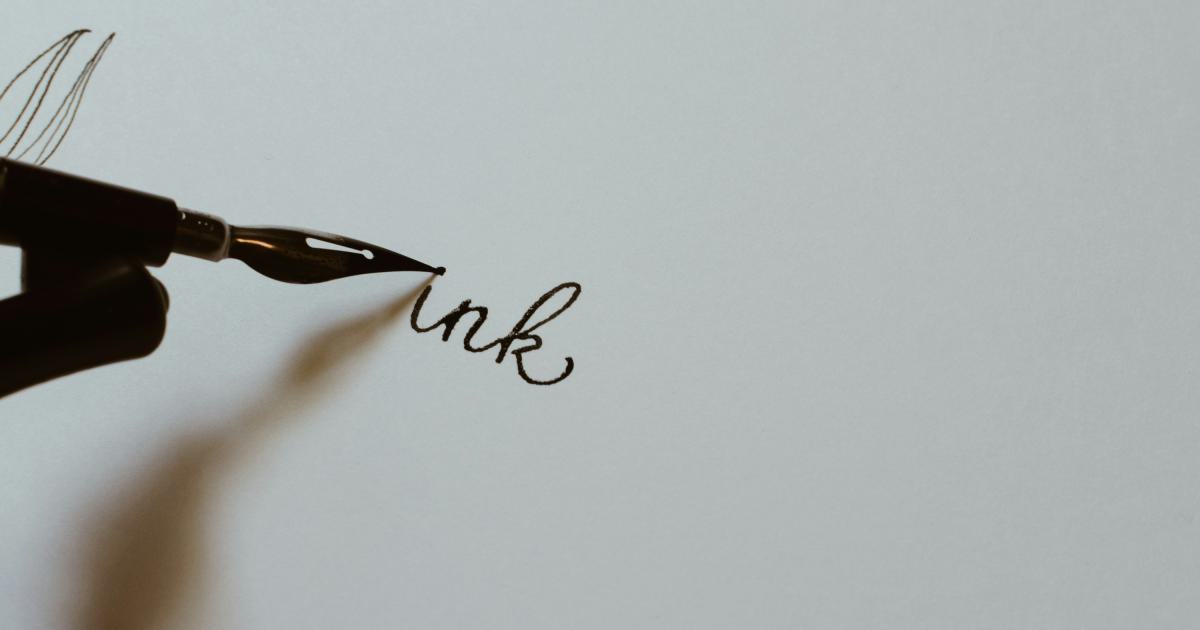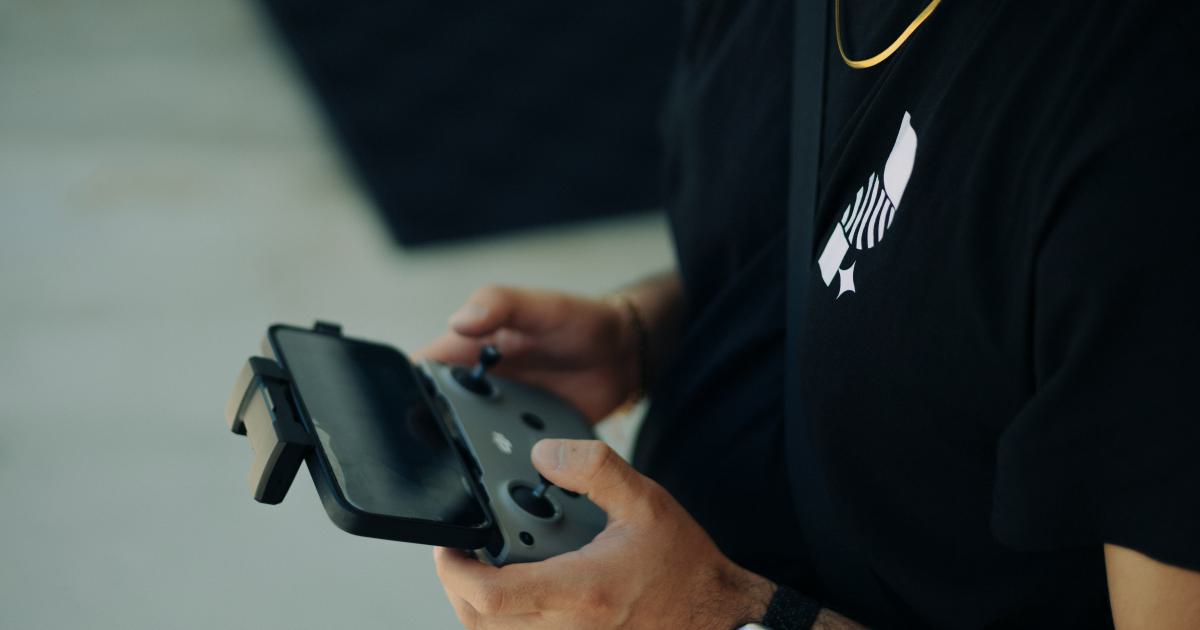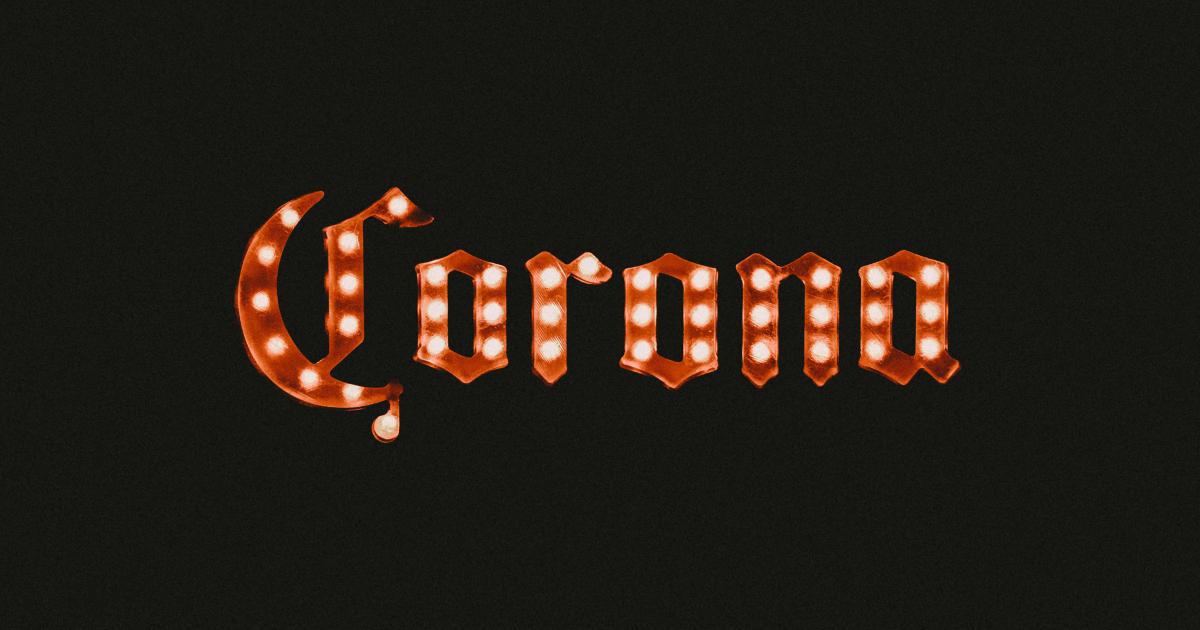Broken Link Building for Backlink Growth


The Power of Broken Link Building
Broken link building is a highly effective and underutilized strategy for acquiring high-quality backlinks to your website. As search engines place increasing emphasis on the quality and relevance of a site's backlink profile, this tactic has become a valuable tool in the arsenal of savvy digital marketers and SEO experts.
The premise of broken link building is simple: by identifying broken links on relevant websites and offering replacement content, you can secure valuable backlinks that boost your site's authority and visibility in search results. This strategy capitalizes on the natural desire of webmasters to maintain a clean, functional website, providing a win-win scenario where you help them resolve broken links while simultaneously gaining a coveted backlink.

Broken link building offers several key advantages over traditional link building methods:
Targeted Outreach: By focusing on broken links within your industry or niche, you can connect with website owners who are already receptive to link replacements, increasing the likelihood of success.
Improved Relevance: The backlinks you acquire through broken link building are inherently more relevant and valuable, as they are placed within the context of related content.
Minimal Effort: Compared to other link building tactics, broken link building requires less time and resources, as you're not starting from scratch to create new content or relationships.
Long-term Benefits: Backlinks obtained through broken link building tend to be more permanent, as they are replacing existing (albeit broken) links, rather than being added as new links that may be removed over time.
In this comprehensive guide, we'll explore the step-by-step process of effective broken link building, providing you with the strategies and tools necessary to leverage this powerful technique for your backlink growth.
Identifying Broken Links
The first step in the broken link building process is to identify relevant websites with broken links that you can potentially replace. There are several tools and methods you can use to locate these opportunities.
Using Broken Link Checkers
One of the most efficient ways to find broken links is by utilizing online tools designed specifically for this purpose. Some popular options include:

W3C Link Checker: This free tool from the World Wide Web Consortium (W3C) allows you to analyze a single web page or an entire website for broken links.
Dead Link Checker: This easy-to-use platform scans websites and provides a detailed report of any broken links found.
Screaming Frog SEO Spider: This powerful desktop software crawls websites and can identify broken internal and external links.
Ahrefs Site Audit: The Site Audit feature in the Ahrefs suite can uncover broken links as part of a comprehensive website analysis.
Google Search Console: While not a dedicated broken link checker, Google Search Console can provide insights into broken links on your own website, which you can then address.
To use these tools, simply enter the URL of the website you want to analyze, and the tool will scan the site and generate a report of any broken links it finds.
Manual Link Prospecting
In addition to automated tools, you can also manually search for broken links on relevant websites. This approach involves:
Identifying Relevant Websites: Start by compiling a list of websites within your industry or niche that are likely to have content related to your business.
Browsing Website Content: Carefully review the pages and blog posts on these sites, looking for any broken links or resource references that could be replaced.
Checking for Broken Links: Use your browser's developer tools or a simple online tool like the W3C Link Checker to scan individual pages for broken links.
Documenting Opportunities: Keep a record of any broken links you find, along with the URL of the page and a brief description of the broken link's context.
Manual prospecting can be more time-consuming than using automated tools, but it can also help you uncover more targeted and relevant broken link opportunities.

Analyzing Link Metrics
When evaluating potential broken link building opportunities, it's important to consider the various link metrics that can help you prioritize the most valuable targets. Some key factors to look for include:
Domain Authority (DA): The overall authority and trustworthiness of the website, as measured by Moz's Domain Authority metric.
PageRank: Google's proprietary measure of a page's importance and authority, which can be estimated using tools like the MozBar or SEO toolbar.
Referring Domains: The number of unique websites that link to the page or domain, indicating its potential to pass link equity.
Traffic: The estimated organic search traffic to the page or website, as this can suggest the level of visibility and relevance.
By prioritizing broken link opportunities on high-authority, high-traffic websites, you can maximize the impact of your outreach efforts and secure the most valuable backlinks.
Crafting Replacement Content
Once you've identified relevant broken links, the next step is to create replacement content that you can offer to the website owners. This content should be both high-quality and highly relevant to the original broken link's context.
Understand the Original Content
Before crafting your replacement, take the time to thoroughly understand the original content that the broken link was meant to point to. This will help you create a seamless and appropriate replacement that fits naturally within the existing page or post.
Consider the following:
- What was the overall topic and focus of the original content?
- What specific information or resource was the broken link meant to provide?
- How did the broken link fit into the larger context of the page?
By gaining this understanding, you can ensure that your replacement content aligns with the website's existing content and provides genuine value to its readers.
Develop Replacement Content
With a clear understanding of the original content, you can now create your replacement. This could take the form of a blog post, a comprehensive resource guide, a video tutorial, or any other type of content that would be a suitable and valuable replacement for the broken link.
When developing your replacement content, keep the following best practices in mind:
Relevance: Ensure that your content is highly relevant to the topic and context of the original broken link.
Quality: Invest time and effort into creating high-quality, informative, and engaging content that exceeds the standards of the website you're targeting.
Unique Value: Strive to provide unique insights, perspectives, or resources that the website's audience would find genuinely useful and informative.
Optimization: Optimize your content for search engines by incorporating relevant keywords, meta tags, and other SEO best practices.
Multimedia Elements: Consider incorporating visuals, videos, or other multimedia elements to make your content more engaging and memorable.

By creating exceptional replacement content, you'll not only increase the chances of the website owner accepting your offer but also enhance the overall user experience and value of the page.
Outreach and Relationship Building
With your replacement content ready, it's time to reach out to the website owners and introduce your solution to their broken link problem. This outreach phase is crucial for building relationships and securing the backlink.
Identify the Appropriate Contact
Start by finding the appropriate contact person for your outreach. This could be the website owner, the content editor, or the webmaster, depending on the website's structure and your existing connections.
Use tools like LinkedIn, Twitter, or the website's contact page to identify the best person to reach out to. Consider connections you may have in common, as this can help personalize your outreach and increase the chances of a positive response.
Craft a Compelling Outreach Email
When drafting your outreach email, focus on providing value and building a mutually beneficial relationship, rather than simply asking for a backlink. Your email should include the following key elements:
Introduction: Briefly introduce yourself and your website or business, establishing credibility and context.
Problem Identification: Highlight the specific broken link you've identified and explain how it could negatively impact the website's user experience.
Replacement Offer: Provide a brief overview of the high-quality replacement content you've created and how it can solve the broken link issue.
Benefits to the Website: Emphasize how your replacement content can add value to the website, such as by improving the user experience, providing relevant information, or enhancing the site's overall content quality.
Call to Action: Politely request that the website owner consider adding your replacement content and linking to your website.
Personalization: Customize your outreach email by mentioning specific details about the website, the broken link, or any shared connections or interests.

Remember to keep your email concise, professional, and tailored to the specific website and contact person you're reaching out to. A well-crafted outreach email can significantly increase your chances of success.
Follow-up and Relationship Building
Successful broken link building often requires persistence and relationship building. After sending your initial outreach email, be prepared to follow up with the website owner a few times.
In your follow-up emails, continue to emphasize the value you can provide and express your willingness to work with them to find the best solution. Avoid being pushy or demanding, and instead, focus on cultivating a collaborative relationship.
Additionally, consider offering to provide additional value beyond the broken link replacement, such as:
- Suggesting other broken links on their website that you can help fix
- Offering to write a guest post or contribute content to their website
- Inviting them to collaborate on a co-marketing or co-branding initiative
By taking a consultative and value-driven approach, you'll increase the likelihood of securing the backlink and establishing a long-term, mutually beneficial relationship.

Measuring and Optimizing Your Efforts
Tracking the performance of your broken link building campaign is essential for understanding its impact and identifying areas for improvement. Use the following metrics to measure the success of your efforts:
Outreach Success Rate: Monitor the percentage of outreach emails that result in a positive response or a backlink placement.
Backlink Acquisition: Keep track of the number of backlinks you've successfully acquired through your broken link building efforts.
Referring Domain Metrics: Analyze the quality and authority of the websites that have granted you backlinks, using metrics like Domain Authority and PageRank.
Traffic and Ranking Improvements: Monitor the impact of your acquired backlinks on your website's organic search traffic and keyword rankings.
Conversion Rate: Evaluate how the backlinks obtained through broken link building have affected your website's conversion rates, such as lead generation or sales.
By regularly reviewing these metrics, you can identify which strategies and tactics are most effective, and make data-driven decisions to optimize your broken link building process.

Additionally, consider seeking feedback from the website owners you've worked with to understand their perspectives and identify areas for improvement. This could include:
- Asking for their thoughts on the quality and relevance of your replacement content
- Inquiring about any challenges or concerns they had during the outreach process
- Requesting suggestions for how you can make the process more seamless and valuable for them
Incorporating this feedback into your broken link building strategy will help you refine your approach and build stronger, more enduring relationships with your outreach targets.
Conclusion
Broken link building is a powerful and underutilized tactic that can provide significant benefits for your backlink growth and overall SEO strategy. By identifying relevant broken links, creating high-quality replacement content, and engaging in strategic outreach and relationship building, you can secure valuable backlinks that boost your website's authority and visibility in search results.
Remember, the key to successful broken link building lies in providing genuine value, fostering collaborative relationships, and continuously optimizing your approach based on data-driven insights. By embracing this strategy, you can unlock new opportunities for backlink acquisition and position your website for long-term success in the competitive digital landscape.
